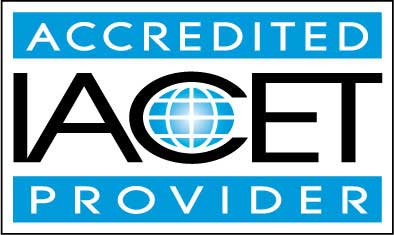Course Description
Unveiling the Power of Lean Management: Transforming Businesses One Principle at a Time
Dive into the transformative world of Lean Management with our meticulously curated course that promises not just theoretical insights but hands-on, real-world applications. As global businesses evolve, the need for agility, efficiency, and adaptability becomes paramount. Lean Management, with its genesis in lean manufacturing, stands as a beacon, guiding firms to navigate challenges, minimize wastage, and amplify productivity.
Why Choose Our Lean Management Course?:
-
Comprehensive Overview:
- Embark on an explorative journey that delves deep into the core techniques of lean manufacturing, coupled with actionable insights on integrating them seamlessly into various business milieus.
-
Empowered Decision Making:
- Equip yourself with a profound understanding of lean management. This course empowers leaders and managers with the discernment to evaluate the applicability of lean techniques, gauge their relevance, and fine-tune them for optimal synergy in distinct business landscapes.
-
Customizable Lean Toolkit:
- While Lean Management presents an array of tools and principles, not all may resonate with every business model. Our course is designed to help you cherry-pick, customize, and apply the principles that align best with your business vision and operational intricacies.
Who Should Enroll?:
-
Wide Spectrum of Professionals:
- Whether you're in service, retail, public organizations, or ensconced in the heart of manufacturing, our course welcomes professionals from all domains. Be it managerial roles or non-managerial, the insights offered promise universal applicability.
-
Aspiring Scholars:
- Students vested in processing engineering or business studies, this is your gateway to understanding the real-world implications of theories, making you industry-ready and future-forward.
As the business world teeters on the precipice of unprecedented challenges, Lean Management emerges as the compass, steering organizations towards efficiency, resilience, and sustainable growth. Don't just be a spectator; immerse yourself in this transformation. Embrace Lean, embody efficiency, and be the catalyst of change your organization needs.
Are you ready to redefine business excellence? Join us, and let's craft the future of Lean Management together!
- Completely Online
- Self-Paced
- Printable Lessons
- Full HD Video

- 6 Months to Complete
- 24/7 Availability
- Start Anytime
- PC & Mac Compatible
- Android & iOS Friendly
- Accredited CEUs

Learning Outcomes
- Demonstrate the ability to map a value stream by summarizing the processes and actions that deliver a final product, identifying waste.#
- Recognize and define non-value-added activities in lean manufacturing to identify areas of waste in a production process.
- Define lean thinking by describing its primary goal to improve productivity and eliminate waste in business operations.
- Identify and analyze the seven types of waste in lean production to develop strategies for waste elimination.
- Apply the Value Stream Mapping (VSM) tool to visualize and report waste in business processes, ensuring continuous improvement and operational efficiency.
- Identify non-value adding processes using the 5S technique to maintain a clutter-free work area, improving safety and productivity.
- Define the process of creating a current state Value Stream Map by documenting each step and communication point in the production process.
- Identify inefficiencies within the current value stream using Value Stream Mapping and propose specific changes to improve efficiency and reduce waste.
- Apply lean production techniques such as standard work, error proofing, and fast changeover to reduce waste and improve operational processes within an organization.
- Recognize and describe the differences between the types of cycle times (manual, machine, auto) and their impact on overall production efficiency.
- Analyze the challenges of transitioning from a demand-push to a demand-pull production model and propose strategies for effective implementation in various production contexts.
- Define the concept of takt time and explain its significance in aligning production rates with consumer demand in lean manufacturing.
- Recognize the key principles of error-proofing and apply them to identify potential process defects.
- Demonstrate mastery of lesson content at levels of 70% or higher.
Assessment Guide
| Assessment | Points |
|---|---|
| Why this Course? | 1 points |
| Exam 1 | 10 points |
| Lesson 2 Activity | 1 points |
| Exam 2 | 10 points |
| Lesson 3 Activity | 1 points |
| Exam 3 | 8 points |
| Exam 4 | 10 points |
| Exam 5 | 10 points |
| Lesson 6 Activity | 1 points |
| Exam 6 | 10 points |
| Lesson 7 Activity | 1 points |
| Exam 7 | 10 points |
| Exam 8 | 10 points |
| Exam 9 | 10 points |
| Exam 10 | 10 points |
| Lesson 11 Activity | 1 points |
| Exam 11 | 10 points |
| Lesson 12 Activity | 1 points |
| Exam 12 | 10 points |
| The Final Exam | 54 points |


